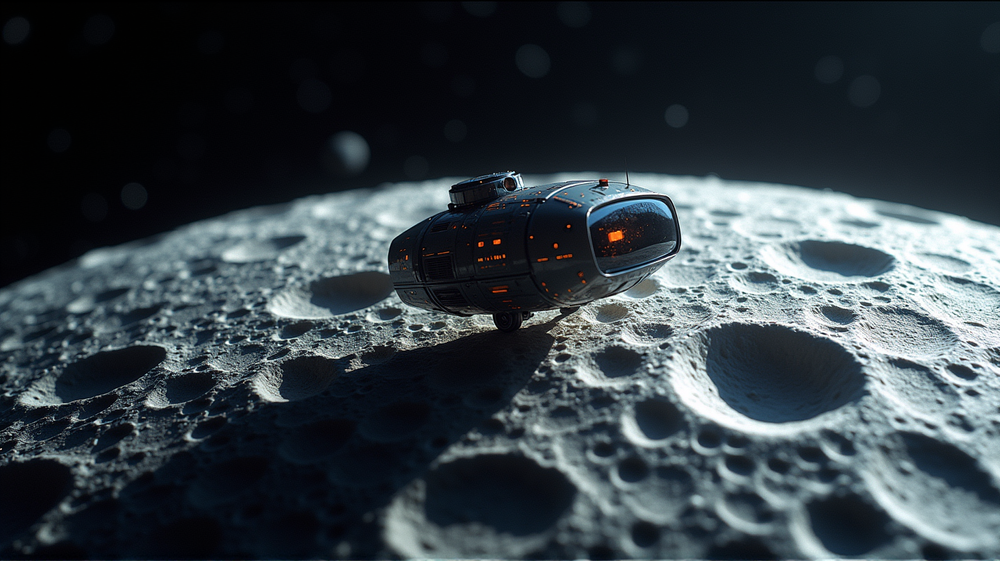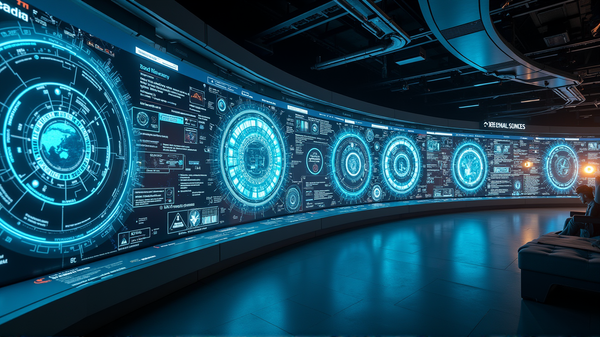Lunar Exploration Revolution: Australian AI Unveils New Horizons
In the serene city of Adelaide, Australia, cutting-edge artificial intelligence (AI) technology is heralding an exciting era of lunar exploration. Imagine a spacecraft that can autonomously navigate the lunar surface using only the natural landmarks of craters, offering unprecedented accuracy in mapping the Moon’s surface. This visionary technology, developed by postdoctoral researchers at Adelaide University’s AI for Space Group, aims to redefine our approach to lunar exploration.
Reimagining Lunar Navigation with STELLA
Introducing STELLA—an innovative Crater-Based Navigation (CBN) system designed specifically for prolonged lunar exploration missions. This AI-driven pipeline, discussed in a newly accepted paper in Astrodynamics, functions without the traditional GPS-style referencing, using craters as natural locators. It provides a groundbreaking solution to the many kilometers of error present in conventional radio-ranging methods.
The Mechanics of AI-Driven Mapping
At the heart of STELLA’s system is a camera that captures images of the lunar surface. These images are processed by the CBN to identify and match craters to those in a pre-existing catalog, creating a positional map for the spacecraft. This technology allows for the precise determination of a spacecraft’s location as it orbits, using the Moon’s craters as guiding stars. Even in challenging environments like the shadowed regions at the lunar poles, STELLA excels by inferring trajectory from images before and after entering darkness.
Autonomous Exploration Capabilities
One of the most remarkable features of STELLA is its autonomous operation. Upon capturing a high-definition image, it independently determines its position by comprehensively analyzing the pattern of visible craters. This system mimics human sight in its capability to use visual cues to understand spatial orientation, propelling lunar exploration toward meter-level accuracy—a feat far beyond the reach of current radio-ranging systems.
Mission-Ready Technology
The revolutionary potential of STELLA is already being recognized in international space missions. Scheduled for a 2028 launch, the Japanese TSUKIMI mission, focused on resource mapping from lunar orbit, will rely on STELLA to pinpoint resources such as water with pinpoint precision. This technological collaboration highlights the impact of Australian AI innovations on global space explorations.
What Does the Future Hold?
STELLA’s accurate, autonomous localization abilities are vital for future lunar plans—whether for constructing lunar bases or cataloging essential resources. This technological advancement signifies a quantum leap for both lunar science and operations. According to Forbes, this groundbreaking development in AI could lead to meticulously accurate maps and optimal placement of infrastructure on the Moon.
This innovation not only paves the way for Australia’s prominent role in space exploration but also showcases how AI can bridge cosmic distances, forever changing our interaction with otherworldly terrains.




